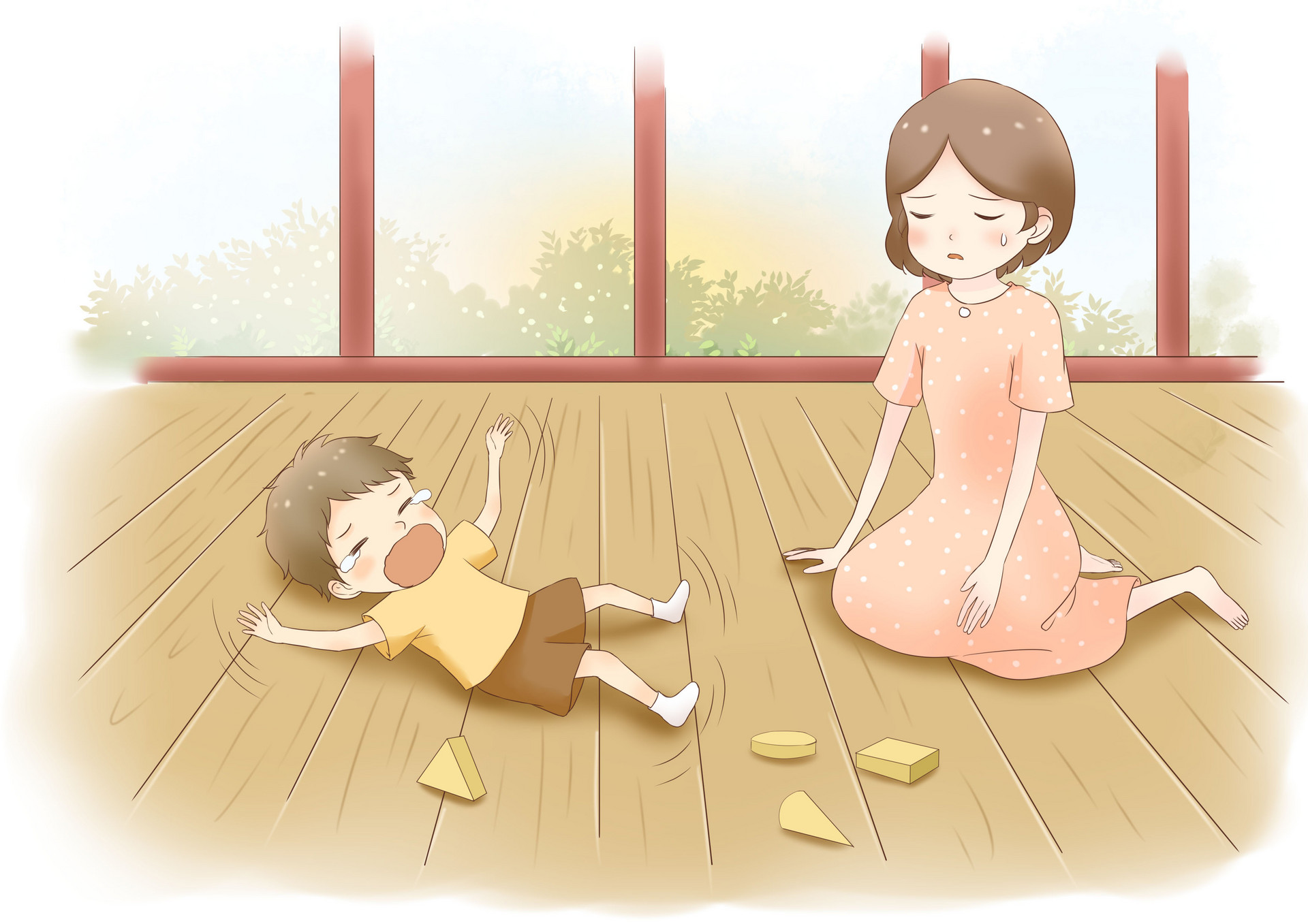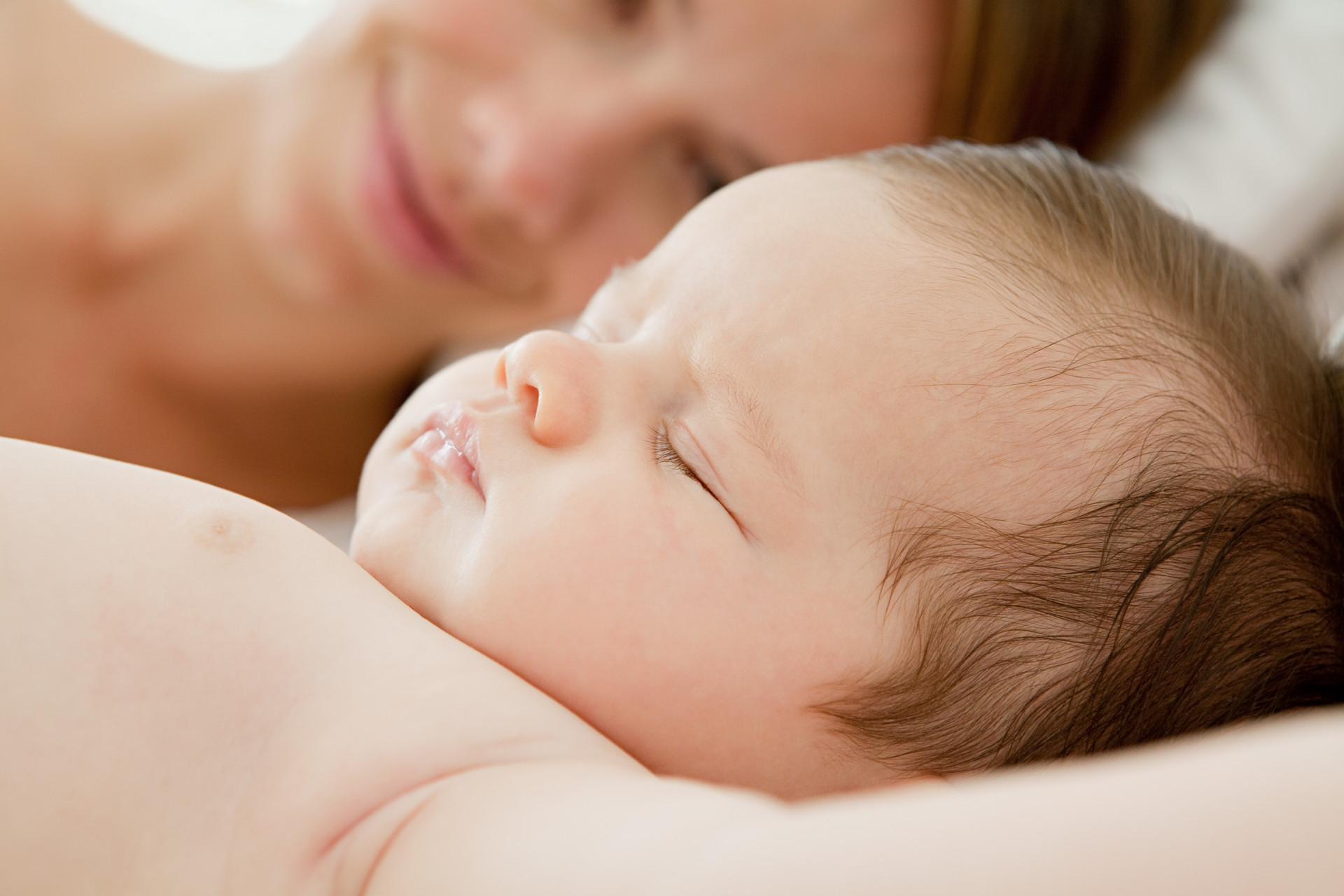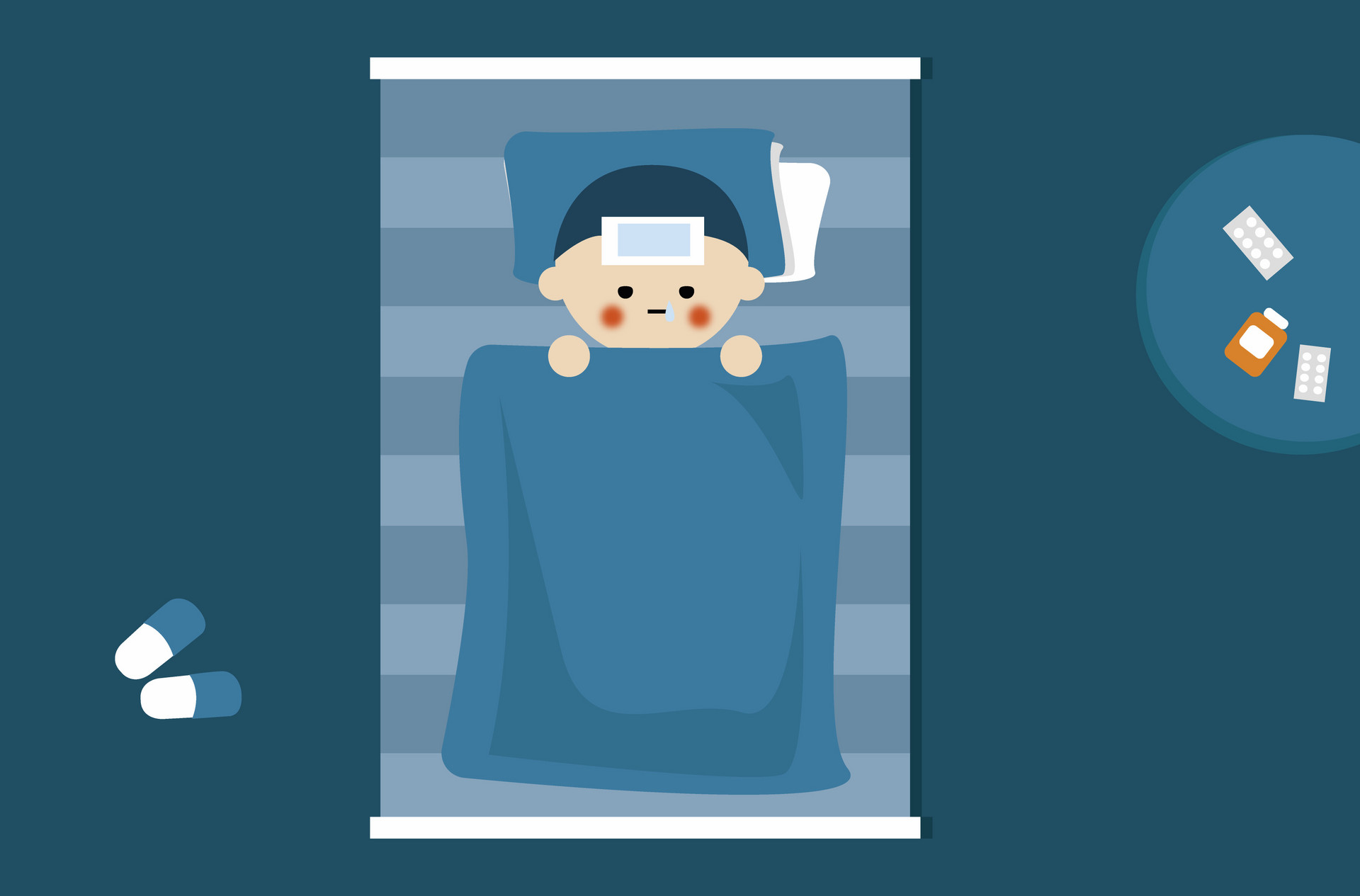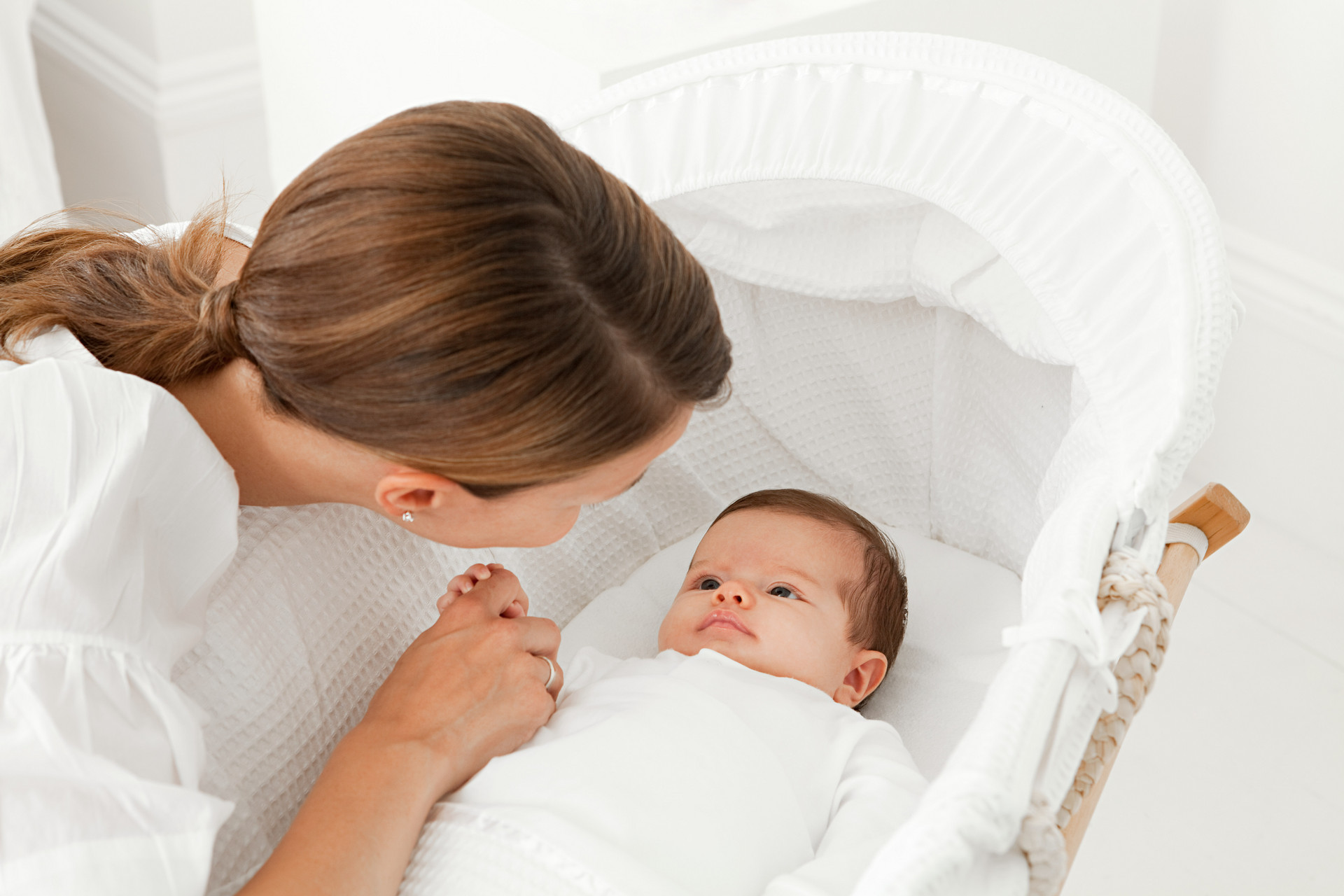Hand, foot and mouth disease is a new infectious disease that has become popular in recent years. It can affect individuals from 4 months old infants to adults aged 30. It mostly affects children under the age of 5. Typical symptoms include the appearance of characteristic maculopapular rashes and vesicles on the hands, feet, mouth, skin, and mucous membranes, accompanied by symptoms such as fever.

1. Typical cases: The incubation period is generally 2-7 days, with no obvious prodromal symptoms. Most patients have a sudden onset. About half of the patients have a fever 1-2 days before the onset or at the same time as the onset, with most fevers around 38°C, lasting for 2-3 days, and some patients may have a fever for 3-4 days or longer. Almost all patients with central nervous system complications have a fever, which lasts longer. Some patients may have mild upper respiratory symptoms in the early stage, such as cough, runny nose, nausea, and vomiting. Due to the painful oral mucosal ulcers, children may have drooling and refusal to eat. Mucosal rashes in the mouth appear early, mainly on the tongue and cheeks, and can also occur on the lips and gums. Maculopapular rashes or vesicles appear on the hands and feet. The maculopapular rashes darken after about 5 days and then fade away, while the vesicles are round or oval-shaped, flat and elevated, with turbid fluid inside. The long diameter of the vesicles is consistent with the direction of the skin lines, and they vary in size. The maculopapular rashes and vesicles on the distal parts of the hands and feet generally do not cause pain or itching, and they do not leave any scars after healing. Not all patients with hand, foot and mouth disease will have lesions on their hands, feet, and mouth.
2. Atypical sporadic cases: Rashes only appear on a specific part of the patient's body, and the maculopapular rashes or vesicles are sparse and atypical, making it difficult to distinguish from other rash and fever diseases. Pathological and serological examinations are needed for diagnosis.
3. Complications: Some patients may develop myocarditis, meningitis, flaccid paralysis, pulmonary edema, etc., but aseptic encephalitis and myocarditis are the most common complications.
Season of occurrence: It can happen throughout the year, with a higher incidence from April to September.
Those who are more susceptible to infection: It is more common in children under 5 years old, especially infants and young children. It is a highly contagious disease. It is usually transmitted through contact with towels, handkerchiefs, toothbrushes, toys, utensils, bedding, underwear, etc., used by infected children. The virus in the throat secretions and saliva of infected children can be transmitted through droplets. Contaminated water sources and food can also cause transmission.

Prevention:
1. Wash hands with clean water before and after meals to prevent oral ingestion of the virus.
2. Ventilate the indoor environment frequently, maintain good household, food, and personal hygiene, and regularly expose children's clothes to sunlight.
3. Try to minimize children's exposure to crowded public places, and pay attention to their nutrition and rest to prevent excessive fatigue.
4. Childcare institutions, primary schools, and other places where children gather should conduct daily morning checks, and parents should take their children to see a doctor if they suspect any symptoms.
5. The best treatment for this disease is using traditional Chinese medicine. Generally, oral administration of Chinese medicine that clears heat, detoxifies, and removes dampness, combined with topical oral medication, can lead to recovery in 3-7 days, with a good prognosis. Severe cases, if not treated in a timely manner, may develop complications such as encephalitis and myocarditis. In terms of nursing, it is important to regularly rinse the patient's mouth with warm water, avoid consuming cold, hot, spicy, and irritating foods, eat light and soft meals, and drink plenty of warm water. At the same time, it is necessary to keep the patient's clothes clean and prevent skin infections.

To prevent hand, foot and mouth disease, it is important to ensure indoor air circulation and appropriate temperature, drink plenty of boiled water or cool beverages, and eat fresh vegetables and fruits. During the outbreak season, you can take 15 grams of traditional Chinese medicine Banlangen, boil it in 250 milliliters of water, and take it frequently, once a day, continuously for 3-4 days.












